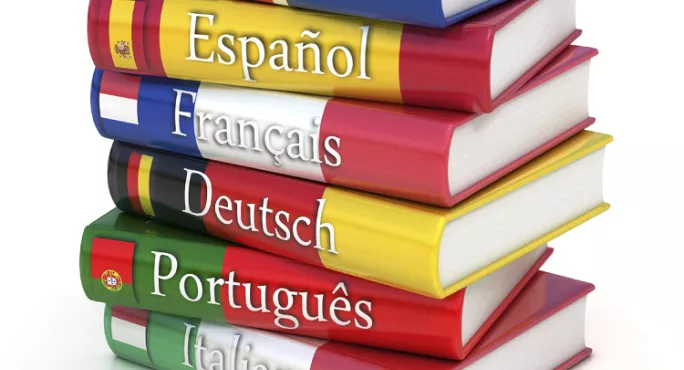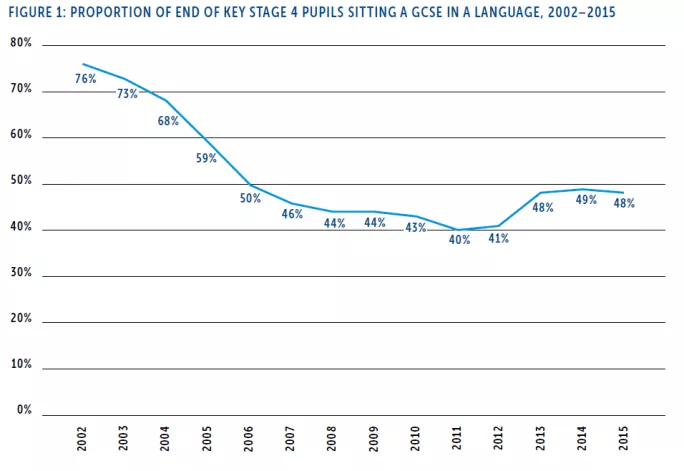A-level modern language courses are becoming financially “unviable” because of low pupil numbers, a major new study reveals.
And there is further bad news from the LanguageTrends Survey 2016 which shows that a previous rise in language GCSE entries following the introduction of the English Baccalaureate as a performance measure appears to have levelled off. Only 27 per cent of state schools report that it has had a lasting impact.
The escalating crisis in language education has led to teachers expressing “deep concerns” about the situation, according to the research, based on a survey of more than 1,000 teachers in state and private schools.
It uncovers a lack of faith in the exam system, perceptions of “harsh” exam grading, and fears that reforms to introduce “tougher” GCSEs and A levels are turning pupils off the subjects.
More positively, the study highlights primaries increasing the resources they are putting into language teaching, although patchy provision means it is not always useful for pupils studies at secondary school.
The vulnerability of languages at AS and A level - particularly in state schools - is demonstrated by figures showing that 7 per cent of state schools have discontinued French as a post-16 subject in the past three years, while 29 per cent had seen a fall in numbers.
Overall, in both the independent and state sectors, more schools have discontinued French or German at A level than have introduced them as new subjects in the past three years.
One teacher told researchers: “Very few want to continue. We have had three or four students who were interested but the school would not finance such a small class. We have a partnership with another school but students are put off travelling and having different teachers.”
The proportion of the total cohort sitting a GCSE in a language dropped by one percentage point (to 48 per cent) between 2014 and 2015.
Other key findings highlighted in the latest report include:
- The proportion of pupils sitting a GCSE in a language varies regionally between 42 per cent in the North East of England and 64 per cent in inner London;
- The best opportunities to study languages are still associated with high-performing schools and those with low levels of socio-economic deprivation;
- Since the first Language Trends Survey was published in 2002, entries for A-level French have declined by about one third, and those for German by nearly half. Although more pupils are taking A-levels in Spanish and other languages, these increases have not involved enough pupils to make up for the shortfalls in French and German.
‘Teachers feel embattled’
Co-author of the report Teresa Tinsley said: “Languages are already one of the harder GCSEs and teachers fear that with the new exams it will be even tougher for pupils to get a good grade. Combine this with the expectation that a wider range of pupils will be sitting the exam and it is not surprising that teachers feel embattled.
“Improving their morale and confidence in the exam system is crucial if languages are to thrive in our schools.”
Mark Herbert, head of schools programmes at the British Council, which published the survey with the Education Development Trust, said: “If the UK is to remain competitive on the international stage, we need far more young people, not fewer, to be learning languages in schools.
“The country’s current shortage of language skills is estimated to be costing the economy tens of billions in missed trade and business opportunities every year.”
The Language Trends Survey 2015-16 is the 14th in a series of annual research exercises, charting the state of language teaching and learning in schools in England.
The research is based on an online survey completed by teachers in 492 state secondary schools, 556 state primary schools and 132 independent secondary schools across the country.
Want to keep up with the latest education news and opinion? Follow TES on Twitter and like TES on Facebook





